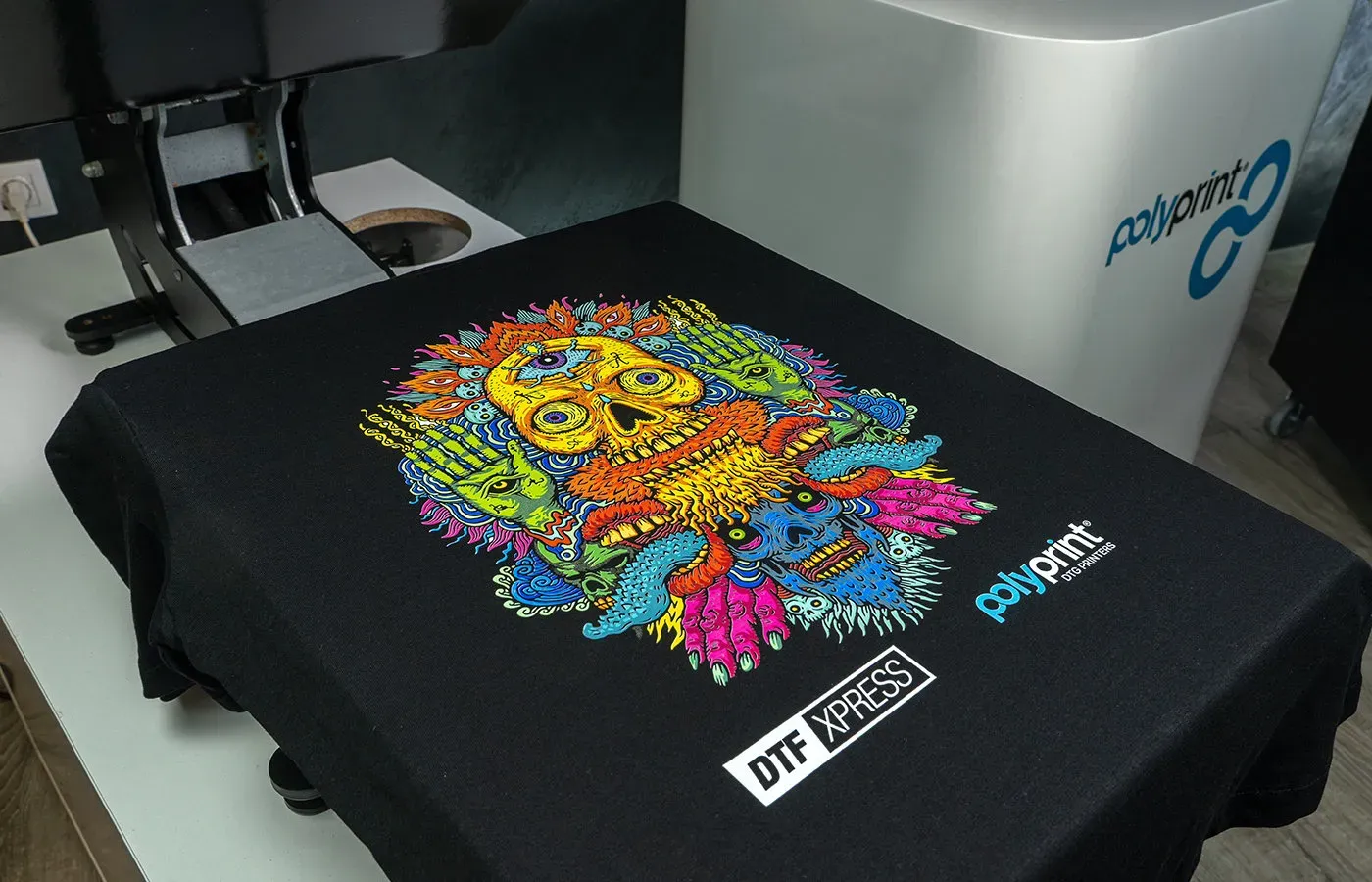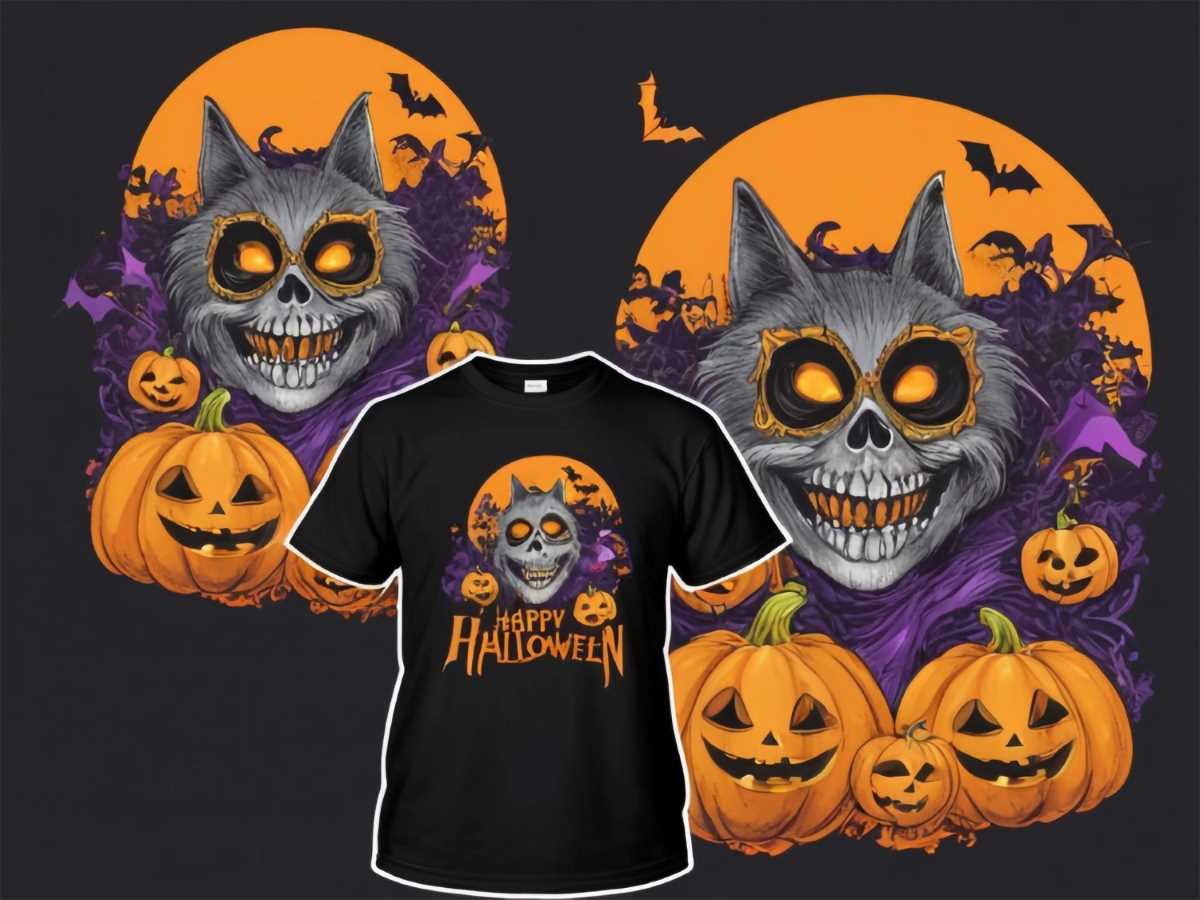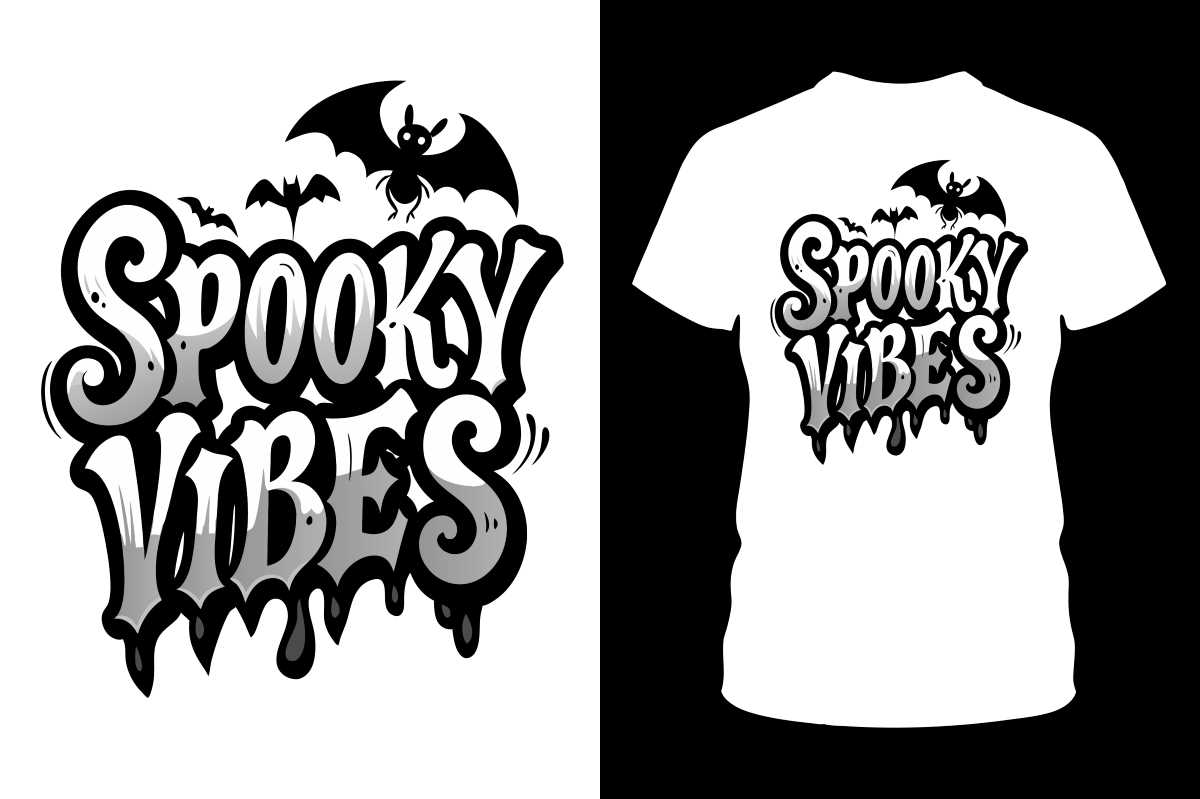When it comes to custom apparel printing, DTF printing is revolutionizing the industry with its innovative Direct to Film technology. This method allows for exquisite designs and vibrant colors to be printed directly onto a special film, which is then transferred to various fabrics using heat and pressure. The DTF printing process is not only effective but also enhances the quality and durability of the prints, making them ideal for a range of applications. From fashion to promotional items, the benefits of DTF printing are becoming increasingly recognized, as businesses seek cost-effective and efficient solutions for their printing needs. Join us as we explore the multifaceted world of DTF printing, detailing its capabilities and applications across different sectors.
In the realm of modern garment decoration, the Direct to Film approach, often referred to as DTF, is defining new standards in fabric printing. This technique, which streamlines the entire printing process, utilizes a unique film that captures intricate designs before applying them onto textiles with precision. Thanks to its versatile nature, DTF technology is gaining traction for producing everything from personalized gifts to promotional apparel. With a growing emphasis on customization and quick turnaround times, the DTF printing process showcases significant advantages over traditional methods, underscoring its emerging role in the printing sector. As we delve deeper into the features and benefits of this innovative printing method, the expansive applications of DTF printing become increasingly evident.
What Makes DTF Printing Unique?
DTF printing is distinguished by its innovative approach to fabric decoration, utilizing a dual-step process that involves printing onto a special film before applying it to the garment. This unique technique not only allows for greater detail and color vibrancy but also opens the door to creativity that traditional methods, like screen printing, often cannot match. The ability to print intricate designs without worrying about size limitations means that artists and designers are far more liberated in their expression, and customers are treated to unique, eye-catching products.
Moreover, the printing process of DTF offers significant advantages over Direct to Garment (DTG) printing, particularly in terms of speed and cost. DTF can quickly produce high-quality prints in bulk, making it an excellent choice for businesses aiming to meet high-volume demands without sacrificing quality. The versatility of DTF printing also grants compatibility with various materials, including cotton and polyester, further enhancing the practicality and application of this printing method across different apparel.
The Benefits of DTF Printing for Businesses
Businesses leveraging DTF printing benefit from not only reduced production costs but also increased operational efficiency. The setup for DTF printing is generally less resource-intensive than for DTG, allowing print shops to save on essential equipment and maintenance costs. Additionally, the process is designed to minimize waste while maximizing output – ideal for businesses looking to increase their profit margins without compromising on quality.
Another notable benefit is the durability of DTF printed products. Garments produced with this method are known to withstand regular use and washing without significant fading or cracking, which is vital for maintaining customer satisfaction and reducing returns. This reliability can help build a solid reputation in the market, ultimately leading to repeat business and increased customer loyalty.
Exploring DTF Printing Applications in Fashion
The fashion industry has been quick to adopt DTF printing technology owing to its adaptability and high-quality output. Designers can produce customized pieces with intricate designs that resonate with individual consumer preferences, enabling a level of personalization that modern consumers increasingly seek. Whether creating limited edition garments or large collections with unique selections, DTF printing allows fashion brands to meet diverse market demands effortlessly.
Additionally, DTF printing’s short turnaround time enhances the ability of fashion companies to respond quickly to trends. As styles change rapidly, designers can create and produce apparel without the extended lead times typically associated with other printing methods. This agility not only provides a competitive edge but also empowers brands to innovate and experiment with new styles, fabrics, and designs more freely.
DTF Printing for Promotional Merchandise
When it comes to promotional products, DTF printing proves to be an excellent solution for creating custom apparel that stands out. Companies can make branded tees, hoodies, and hats with vibrant logos and designs that attract attention at events or trade shows. The cost-effectiveness of DTF printing means businesses can produce these items in bulk without the hefty price tag associated with more traditional methods.
Moreover, DTF printing supports swift production timelines, ensuring that businesses can respond to promotional campaigns or marketing needs promptly. This efficiency, combined with high-quality output, guarantees that promotional merchandise not only looks great but is also durable enough for frequent use, contributing to a positive brand image and customer engagement.
The Role of DTF Printing in Personalization Trends
In today’s marketplace, personalized gifts and apparel have gained immense popularity, and DTF printing is at the forefront of this trend. This method allows for quick and effective printing of custom designs, making it perfect for one-off pieces such as holiday-themed outfits, unique gifts, or event-specific clothing. The ability to bring individualized designs to life empowers customers looking for meaningful, tailored products.
Furthermore, DTF printing caters to the desire for personalization across various demographics. From parents seeking custom outfits for their children to individuals looking for niche gifts that carry sentimental value, this printing technology meets diverse consumer needs. By offering personalization capacities, businesses can tap into a lucrative market segment, thus enhancing customer satisfaction and driving sales.
Future Trends in DTF Printing Technology
As technology advances, the DTF printing industry is not standing still. Innovation in printing equipment and materials continues to evolve, enhancing the speed, quality, and sustainability of prints. Eco-friendly inks are being developed to minimize environmental impact, aligning with the increasing consumer preference for sustainable products. These advancements indicate a future where DTF printing not only remains effective but also caters to eco-conscious consumers.
Additionally, the growth of the DTF printing market suggests that more businesses will be entering the space, leading to heightened competition and further innovation. Companies that adopt the latest DTF technologies and techniques may find themselves at a significant advantage, offering superior products that resonate with modern consumers. The expansion of the DTF printing landscape holds great promise for those willing to embrace and adapt to these changes in the coming years.
Frequently Asked Questions
What is DTF printing and how does the Direct to Film process work?
DTF printing, or Direct to Film printing, is an innovative technique that prints designs onto a special release film, which is then transferred to fabric using heat and pressure. This process allows for vibrant colors and intricate details, making it an ideal choice for custom apparel printing.
What are the main benefits of DTF printing over traditional methods?
The benefits of DTF printing include compatibility with various materials, cost-effectiveness, ease of use, and high durability. Unlike traditional methods, DTF printing allows for detailed designs on a wide range of fabrics without requiring pre-treatment, making it efficient and economically viable for custom runs.
Which materials are suitable for DTF printing applications?
DTF printing is compatible with a variety of materials including cotton, polyester, and blended fabrics. This versatility makes it perfect for numerous clothing items such as t-shirts, hoodies, and sportswear, allowing for diverse custom apparel printing options.
How does the DTF printing process ensure durability in prints?
The DTF printing process uses high-quality inks and an adhesive powder that bonds the designs to the fabric fibers during heat transfer. This results in prints that are resistant to cracking and fading, similar to those produced by traditional screen printing, ensuring longevity even after repeated washes.
What industries benefit the most from DTF printing applications?
DTF printing applications are widely utilized in the fashion industry for unique custom pieces, in promotional items for branded apparel, and in personalized gifts, allowing businesses to cater to the growing demand for customization without compromising on quality or efficiency.
Why is DTF printing considered cost-effective for custom apparel printing?
DTF printing is considered cost-effective as it typically incurs lower costs compared to Direct to Garment (DTG) printing, especially for smaller custom runs. This makes it an accessible option for small businesses and individuals looking to create quality custom apparel without significant financial investment.
| Feature/Aspect | Description |
|---|---|
| What is DTF Printing? | A method of printing designs onto a special film, which is then heat transferred to fabrics, allowing for vibrant and durable prints. |
| The Printing Process | Involves using a modified inkjet printer to transfer images onto a release film, then applying an adhesive powder before heat transfer to fabric. |
| Material Compatibility | Works effectively on various materials such as cotton, polyester, and blends, suitable for different apparel types. |
| Cost-Effectiveness | Typically more affordable than DTG printing, making it attractive for small runs and DIY projects. |
| Ease of Use | Simpler than DTG printing, as it doesn’t require fabric pre-treatment, making it accessible for users of all levels. |
| High Durability | Produces prints that are resistant to cracks and fading, comparable to traditional screen printing methods. |
| Latest Trends | Technological advancements and increased market demand for customization and sustainability in printing. |
| Applications | Used in fashion, promotional items, and personalized gifts, showcasing versatility in various sectors. |
Summary
DTF printing is revolutionizing the apprarel printing industry by combining efficiency with high-quality output. This innovative technology allows for vibrant, durable prints on a wide array of fabric types, making it a preferred choice for custom apparel designs. As more businesses and consumers seek cost-effective solutions for personalized items, DTF printing continues to gain traction, establishing itself as a leading method in the market. Understanding DTF printing not only highlights its practical applications but also emphasizes the ongoing evolution of the printing landscape, ensuring its relevance for years to come.



